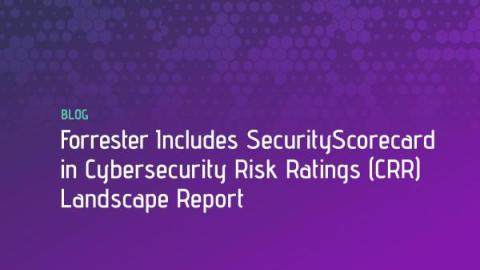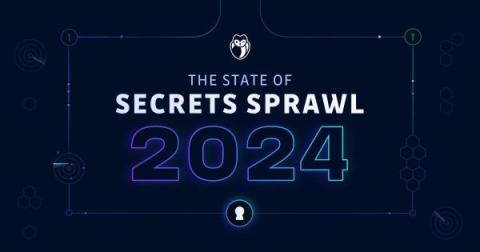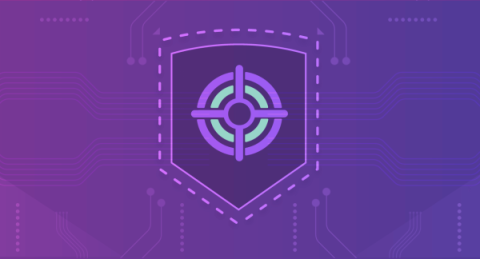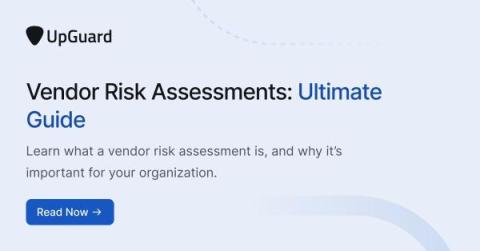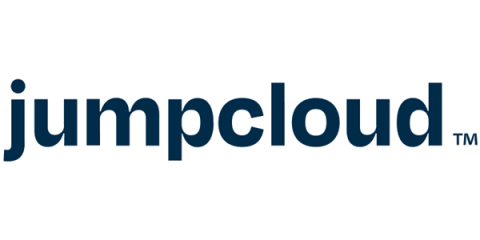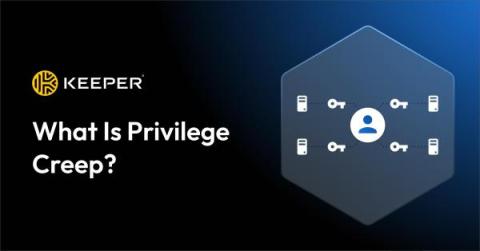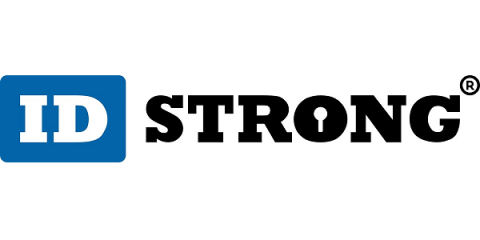CrowdStrike a Research Participant in Two Latest Center for Threat-Informed Defense Projects
Organizations worldwide rely on the MITRE ATT&CK framework as a critical resource for defending against cyberattacks. The MITRE ATT&CK framework is also a key tool for advancing threat research in the cybersecurity industry. However, one of the challenges in using the MITRE ATT&CK framework is mapping the output from logs, sensors and other tools as ATT&CK data sources in the framework.



